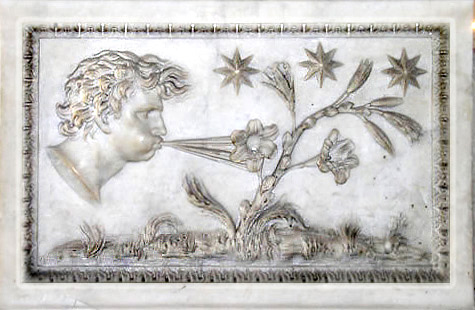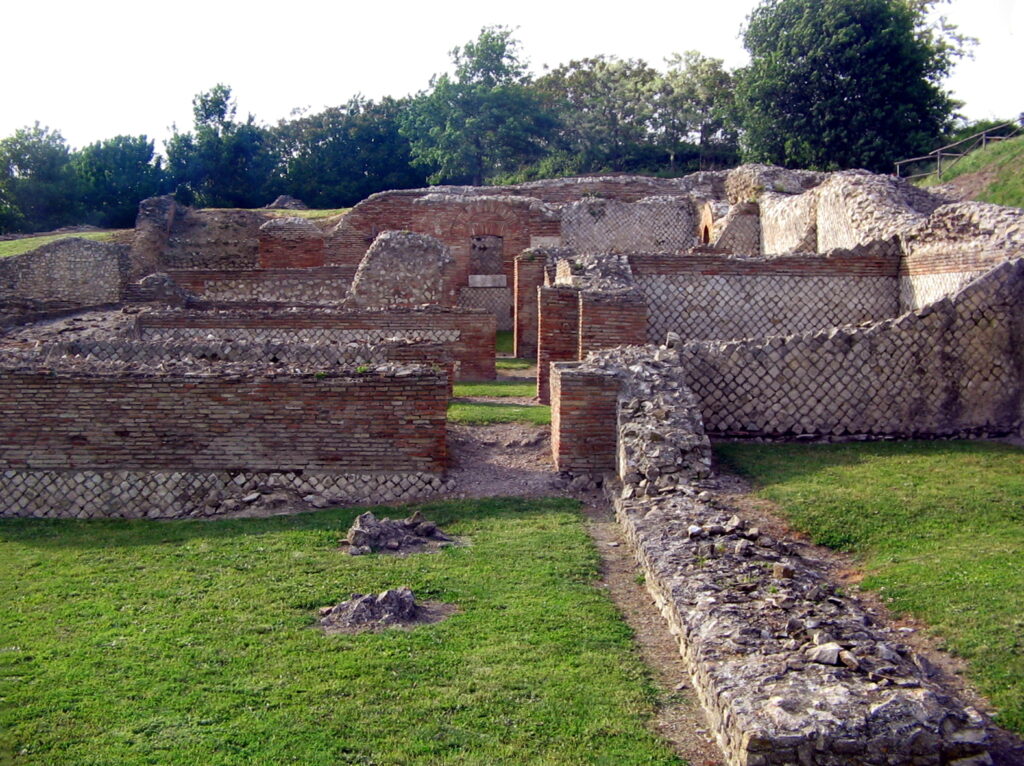Focus On: (534) Nassovia
Named for Nassau Hall, the oldest building at Princeton University. In 1783, when Princeton became the U.S. provincial capital for four months, Nassau Hall served as its seat of government. Congress met in its library on the second floor. The term Old Nassau refers affectionately to the building and serves as a metonym for the university as a whole.
Focus On: (534) Nassovia Read Post »










